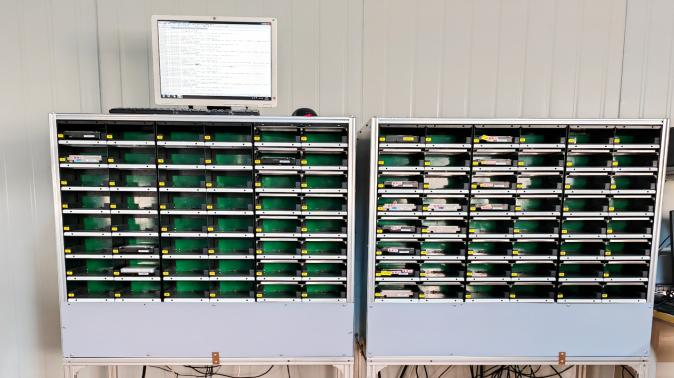Choosing the right chainsaw chain and bar is crucial for achieving optimal performance and safety while using a chainsaw. With a plethora of options available in the market, it can be overwhelming to make the right choice. In this comprehensive guide, we will delve into the factors to consider when selecting a chainsaw chain and bar, ensuring that you make an informed decision that aligns with your specific needs and requirements.
- Understanding Chainsaw Chains:
1.1 Types of Chainsaw Chains:
- Full-Chisel Chains: Ideal for professional use, these chains feature sharp, square-cornered teeth that provide excellent cutting performance in hardwoods.
- Semi-Chisel Chains: Known for their durability and versatility, semi-chisel chains have rounded teeth that retain their sharpness for a longer time, making them suitable for cutting dirty or frozen wood.
- Low-Profile Chains: Designed for light-duty tasks, these chains have low kickback tendencies and are commonly used by homeowners and occasional users.
1.2 Chain Gauge and Pitch:
- Chain Gauge: Refers to the thickness of the drive links and determines the compatibility with the chainsaw's guide bar. It is essential to choose a chain with the correct gauge to ensure a proper fit.
- Chain Pitch: Indicates the distance between three consecutive rivets divided by two. It determines the size of the chain and must match the chainsaw's sprocket.
1.3 Considerations for Chain Selection:
- Cutting Needs: Different chains are designed for specific cutting tasks, such as felling, limbing, or bucking. Assess your cutting requirements to determine the most suitable chain type.
- Experience Level: Beginners may benefit from using low-kickback chains that offer enhanced safety features.
- Maintenance: Some chains require more frequent sharpening, while others have self-sharpening capabilities. Consider the maintenance requirements before making a choice.
- Decoding Chainsaw Bars:
2.1 Types of Chainsaw Bars:
- Solid Bars: These bars are made from a single piece of steel and are known for their durability and resistance to bending or flexing.
- Laminated Bars: Constructed by layering multiple pieces of steel, laminated bars are lighter and more affordable but may be prone to bending under heavy use.
2.2 Bar Length and Mounting:
- Bar Length: Determines the maximum diameter of the wood that can be cut in a single pass. Choose a bar length that suits your cutting needs without compromising maneuverability.
- Mounting: Ensure that the bar is compatible with your chainsaw model by considering the mounting requirements, such as the number of drive links and the chain pitch.
2.3 Additional Features:
- Lubrication System: Some bars come with built-in lubrication systems that ensure proper chain lubrication, reducing friction and enhancing cutting performance.
- Nose Sprocket: Bars equipped with nose sprockets reduce wear on the bar and chain, resulting in improved cutting efficiency.
- Factors Influencing Chain and Bar Selection:
3.1 Power of the Chainsaw:
- Higher-powered chainsaws require heavier chains and bars to withstand the increased stress and torque generated during operation.
- Lower-powered chainsaws may benefit from lighter chains and bars for improved maneuverability.
3.2 Environmental Conditions:
- Cold Weather: Consider chains and bars designed for cold weather use, as they are less likely to become brittle or break in low temperatures.
- Wet Conditions: Opt for chains and bars with corrosion-resistant coatings to prevent rusting and ensure longevity.
3.3 Safety Considerations:
- Kickback: Chainsaw chains with low-kickback features minimize the risk of sudden, upward movements, enhancing user safety.
- Chain Brakes: Some chainsaw bars are designed to accommodate chain brakes, providing an additional layer of safety by stopping the chain in case of kickback or other emergencies.
Conclusion:
Choosing the right chainsaw chain and bar is a critical decision that directly impacts the performance, efficiency, and safety of your chainsaw. By considering factors such as chain type, gauge, pitch, bar type, length, and additional features, you can make an informed choice that aligns with your specific cutting needs, experience level, and environmental conditions. Remember to prioritize safety and regularly maintain your chainsaw to ensure optimal performance and longevity. Happy cutting!




